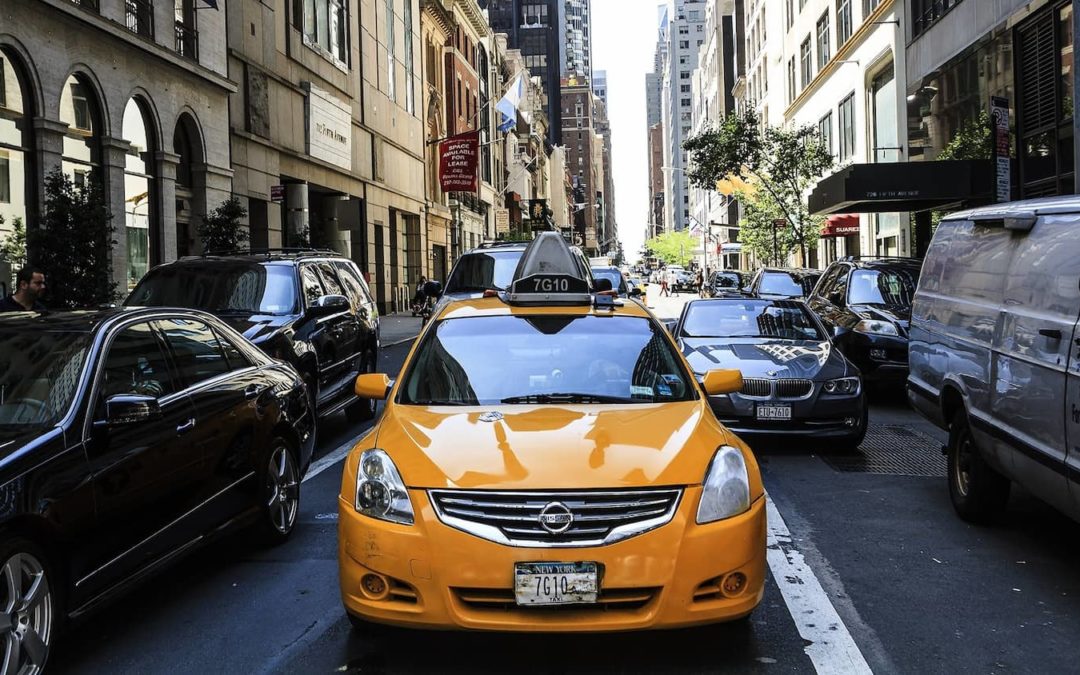If you’ve been living in any densely populated city in the past few years (no, YellowKnife doesn’t count), you’ve certainly seen them:

No, not the yuppie versions of Lt. Col. Kilgore on a secret mission to maximize shareholder profits. The electric folding scooters!
Seen as either accelerators of professional mobility (see what we did there?) or as a scourge on the traditional hegemony of cars, these little transportation devices have a niche crowd of enthusiasts happily using them in cities across the globe. Some people are left bewildered at how popular they are, “Why would grown-up adults use them? Don’t they realize how ridiculous they look?”
Today, we answer exactly that question for all of you central Parisians who have a métro station on every street corner and all of you Beverly Hills elites driving around in your Maserati Zero-F’s-Given Mazda RX-7.

Electric scooters from a market positioning perspective
In today’s short analysis, let’s ignore all the trend-related, economic and ecological considerations and focus only on one fundamental aspect: why did this product & services category carve itself a niche, to begin with?
You see, the thing about electric scooters is that they’re not about solving everyone’s transportation problems. They’re about solving part of the transportation problems for part of the population for parts of the geographical regions they’re available in.
Let’s look at traditional means of ground transportation. They all have advantages and drawbacks:
- Private/individual cars allow quickly transporting individuals and equipment from point A to point B over medium distances (10-500km), with ultimate freedom, but they are an environmental disaster and are absolutely horrendous for short distances, particularly in dense urban areas like metropolitan cities. They are also an endless money pit and maintenance headache. Don’t try to use (and park) a car in Montréal or New York, especially during rush hours or a snow storm (or in a snow storm during rush hour). Cars also degrade the air quality, cause countless accidents, and for those of us who are recovering software developers, we’re also terrified about the software that runs in them.
- Helicopters are not really affordable. They also are wildly inefficient from an energy standpoint. And your little cousin Kevin who crashed the drone into the tannenbaum five minutes after unpacking their gift at Christmas? Imagine that with drunk yakuzas and skyscrapers in Shibuya.
- Taxis are an expensive luxury.
- Walking is great for 1 to 3 kilometers.
- Public transit requires you to live and work within short walking distance of a subway/métro/railway station, or to have a fairly direct bus line (and hope it has air conditioning in the summer when it’s waiting at the street light). Because let’s be honest: most humans prefer to walk no more than 2×20 minutes at -20°C or +35°C (-4°F and 95°F for Jeff’s southern neighbors). It never ceases to amaze me how people around me take their cars to go to the grocery store 3 street corners away to buy two or three ingredients.
- Bicycles are the absolute most energy-efficient ground transportation method for humans, from a mathematical standpoint. They’re also fun to ride (I’m an urban cyclist). However, for yuppies, they’re a not frictionless: they’re heavy (unless you are a “weight weenie” who spent thousands of dollars on a sub-5kg bike, or even sub-8kg), cumbersome to manoeuver up/down a flight of stairs (or escalator, or elevator), they’re not necessarily allowed everywhere (even in Montréal, the only bicycles allowed on a bus are folding bicycles), and winter cycling is a whole other game (safety equipment, strict maintenance requirements, and dressing up like the Michelin tires guy). You also have to take the bike indoors with you everywhere you go, unless you want it to rust to dust or be stolen. Unfortunately, many bike sharing systems like Bixi (which solve the maintenance and safety problem) don’t allow using their infrastructure in the winter.
So think about this combination of factors, and you end up with a very clear definition of the niche that electric scooters cater to:
- people who commute daily to work;
- in areas where public transit is available (at least in the city and linking to the suburban periphery) but doesn’t get you “from door to door”;
- where the dense and complex urban environments make cars impractical (I would say that 75% of those who have driven in Montréal, New York City or Los Angeles can attest to that; the remaining 25% are lying);
- and for those who cannot be convinced to do their entire commute on a bicycle in any weather condition.
In other words, solving the “last mile” of urban transportation.
Are e-scooters better for the environment? Well, yes (as long as they replace previous car trips) and no (you might be surprised to hear they’re actually pretty disastrous in some aspects, but let’s not get into that today). But where they can make a bit of a positive difference is allowing cities to rethink “inner city” modes of transportation to de-emphasize cars, and encourage people to not use (or even own) cars for short trips.
The bottom line for your business
If you’ve read all the way to here, it is no secret to you now that I am passionate about urban design and sustainable transportation… but let’s think about this from a broader business perspective. Forget cars, trains, bicycles and scooters for a minute. When you are building a business, whether around a product or a service, you need to have a crystal clear vision of who are the customers you will be serving, and how you are solving a burning problem in their daily life. So how are you solving their last mile?
— Jeff

